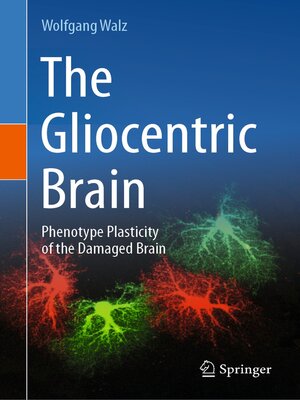
Sign up to save your library
With an OverDrive account, you can save your favorite libraries for at-a-glance information about availability. Find out more about OverDrive accounts.
Find this title in Libby, the library reading app by OverDrive.



Search for a digital library with this title
Title found at these libraries:
| Library Name | Distance |
|---|---|
| Loading... |
The brain is the body's most vulnerable organ due to the defined roles of neurons within circuits. Neurons are vastly outnumbered by microglia, astrocytes, oligodendrocytes, macrophages, cells of the blood brain barrier and invading immune cells. These cells display different grades of reactivities and interactions. They integrate their responses and not only change phenotypes but can also completely reprogram after damage to protect the neuronal complexity. The interactions of these satellite cells in the healthy brain are described as well as their roles in all major brain diseases. Special emphasis is put on immune system – brain interactions and regenerative and repair processes. The gliotic response is compared with the reactions to injuries of the skin and other organs. A final chapter addresses the definition of a cell type. It concludes that cell types can no longer be regarded as defined entities over the body's lifetime but are prone to phenotype plasticity and even completereprograming.







